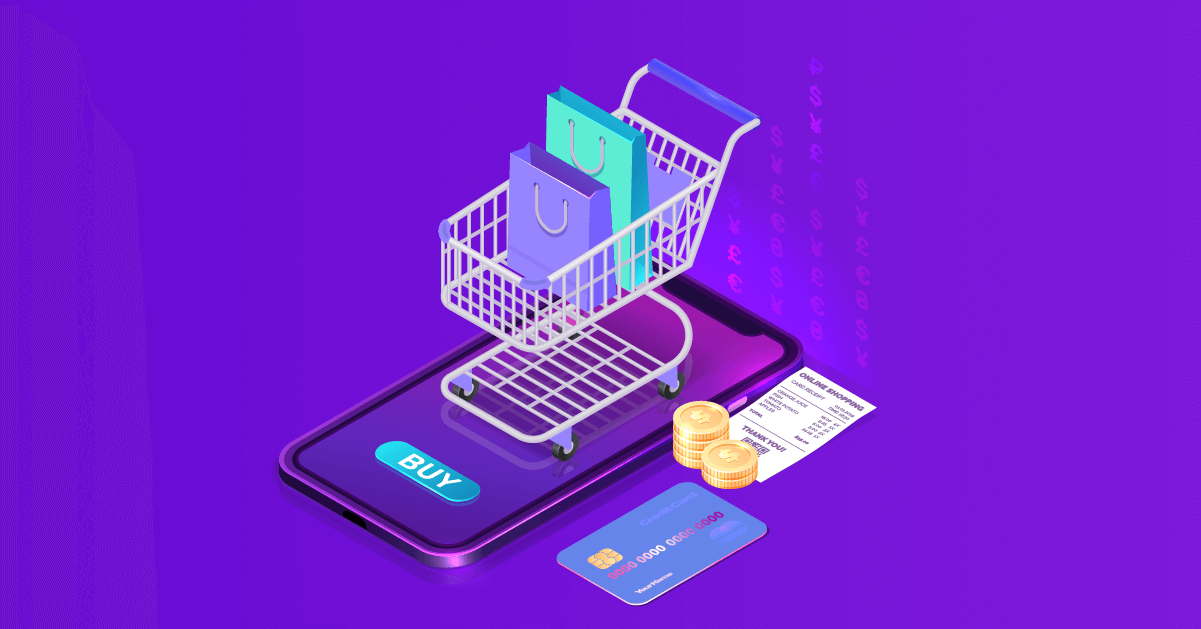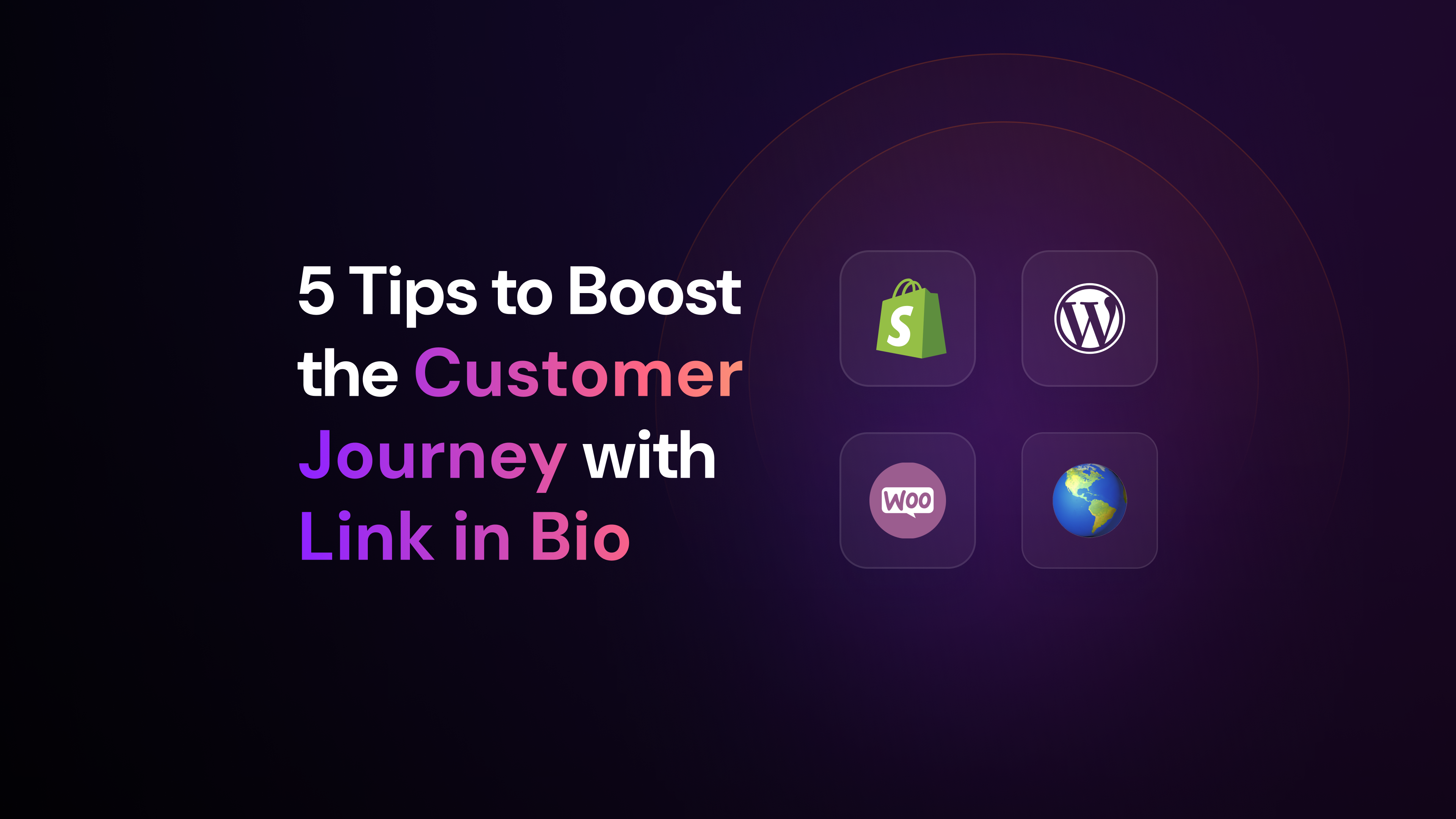Satisfaction is the word of order. To reach it, the customer experience (CX) for your eCommerce must be on point! Read on and discover how you can improve yours!
All eyes are on the customer now. Whoever dedicates strictly to price is faded to be eaten up by companies serving one moment.
Consumers are more demanding than ever before. Online shopping has become an ever-growing search for the most positive and memorable experience.
On the other side, eCommerce needs to understand its own customers to offer what they really want to get.
So, the faster you assimilate what your brand must do, the bigger will be your returns. Follow up and start right now!
Why is Customer Experience so crucial to eCommerce?
The relationship established between the industry and customers is not supply and demand anymore. It goes far beyond selling. This is a Customer-Centric era! Besides offering an excellent service or product, you must serve a memorable experience, adding value not only to your merchandise but to your whole brand legacy.
Since your company is directly competing with other names offering the same item, with the same level of quality, and the same price, providing an excellent experience to the customer has become the way to stand out, especially in eCommerce.
It is necessary to understand the needs and explore them, making sure satisfaction is present throughout every step of the buyer’s journey.
Dive in your customers’ minds, know their personality, treat them as individuals, be empathic. No one likes to be ignored or mistreated. After all, satisfied customers tend to buy more, put great referrals out there, and positively qualify your company.
How can your eCommerce improve Customer Experience?
The customer experience begins long before the purchase and ends, well… that depends on how deep is their connection with you. Also, aspects including the longevity of the product or service and, most importantly, the degree of emotional involvement to your brand are determinants.
The process of customer experience can start with a personal dream, desire, or status someone seeks for. Whatever is the trigger, customers will join a journey craving for more information to make a dream come true.
With all the accessibility and variety of information provided out here, you must be fully ready to catch their attention at the first click on your eCommerce. They will find out everything about your product or service before addressing any salesman.
They will build expectations, imagining themselves owning your product/service, feeling the sensation, the joy, the happiness. That is why the entire process has to be flawless. Your customer is preparing their life for that purchase moment.
Although, if they go through any bumps along that ride, anything that negatively influences them, their minds can change in a second, and your eCommerce will lose a sale.
What are the best practices?
Since the idea is to generate a level of satisfaction that your customer will come back to you for any time they need something, here are some best practices you’d better know.
Listen to your customer
A Customer Data Platform (CDP) is responsible for gathering, in one place, the entire database of your company. For eCommerce, this functionality is particularly useful, as it helps to increase lifetime value (LTV) and decrease customer acquisition costs (CAC).
Integrating multiple touchpoints is essential to boost consumer loyalty, increasing the relationship between the brand and the customer. A CDP can integrate all customer data sources through a clean and unified registration system.
By that, marketing and sales can create campaigns with even more personality for your client. With a unique approach aiming for customer experience, it is possible to increase conversion chances, maximizing the average ticket without having to acquire new clients.
When crossing complementary information, it gets easier to identify different customer clusters. For example, you can build a segmentation for those who add products to the cart but leave before buying and those who purchase and may be open to new experiences on your eCommerce.
Holding those types of information, strategy becomes more curated, and ad campaigns get more effective. Then, investments can be directed to where it matters instead of giving blind tries and wasting money.
Put empathy first
We can immediately say that being empathic to your customer makes your eCommerce service a personalized, opening space for the exclusive.
We have mentioned a few times here in our blog that the customer knows exactly when someone is pushing them to buy something ––, and you do not want to be that person!
Letting the audience know your products or services are designed by excellence also includes how you connect with them. By serving empathy in your day-to-day, you make the buying process more flexible.
As a result, your customer will understand you are solving their particular needs, and not just making another regular deal.
Create relevant engagement
Customer experience for eCommerce is a 100% induced process. Your strategy team is in charge of building the most extraordinary journey. A golden tool to accomplish that is Live Chat.
A professional Live Chat solution allows you to monitor, in real-time, how many visitors are on your eCommerce and what pages they are browsing and products they are looking for. It is also possible to know if they are evading the buying process to make a proper intervention to reverse the situation.
Those proactive Live Chat invitations break the barriers of reactive positioning –– when your brand waits for the customer to call you. Approaching visitors in real-time completely changes the dynamic and the relationship between sales and customers.
By acting proactively and showing you are there, available at any time, you have better chances to enhance eCommerce’s customer experience.
It turns essential to mention that every step of this type of engagement is strategically designed to be data-based. There is no guessing or trying in the dark. Unexpected behaviors here can instantly ruin the deal.
Prepare your teams
Another great way to provide a better customer experience for eCommerce is by investing in proper training for your support team. Courses, workshops, digital content: there are plenty of ways to educate and create better service.
It is also fundamental to listen to your team’s reality, encouraging them to share their perceptions, give feedback, and improve the process along the way.
Establish a safe and open communication channel between you both. After all, a significant part of your success depends on them.
Simplify the buying process
Having your customer behavior mapped, you can identify –– or even predict through data –– some crucial details, especially when it comes to the buying process itself.
When you anticipate their common desires, you can display items or services to enhance their experience on your eCommerce and offer a smooth process to do business with your company. You improve the chances of higher revenue.
What metrics to measure about CX for eCommerce?
When we talk about customer experience for eCommerce, some important metrics work as a compass to indicate whether you are on the right track to achieve your business goals. They must be closely linked to the macro strategy, so the results operate as a cascade.
It’s worth mentioning that many managers focus excessively on operational activities indicators, such as the number of e-mails or social media posts.
Those are also important since you can measure teams’ productivity. But without the correct data analysis of performance, it is likely you are all wasting time and money.
General conversion rate
This one probably is very familiar to you. Also, a fundamental metric to evaluate how the customer is experiencing your eCommerce. The conversion rate index usually can point out bottlenecks on your website or strategy.
Aspects your team would not figure out quickly, demanding users’ behavior to identify it correctly. Gaps can be extremely dangerous to the entire process, causing exit spots before the purchase happens.
Shopping Cart conversion rate
A must-have indicator for eCommerce, this one measures when some products or service is added to the cart, but the visitor abandons the process before concluding the sale. By analyzing this metric, you can identify which stage they are evading.
That way, your teams can use tools like real-time updates, provided by the Customer Data Platform, to comprehend why it is happening and how to revert it. Also, you can still create a powerful retarget campaign using CDP to bring them back for those lost customers.
Net Promoter Score (NPS)
When it comes to measuring customer satisfaction and the possibility of making good referrals, Net Promoter Score (NPS) is one of the best known. A typical example of NPS is the following question: “How likely are you to recommend us on a scale from 0 to 10?”.
This metric can be used as a starting point for products or services standardization entirely based on data and customer experience.
As a business manager, the questions approached by NPS are essential to be solved. After all, you know if the customers aren’t satisfied with what they’ve received, chances are, they’ll get frustrated.
Customer referrals
The buyers’ journey is cyclic. It is not enough to have the right products and serve well anymore. The environment built by you must provide a prime time through every single step of customer experience.
When potential new customers see how your brand has been transforming clients, it kind of creates a shortcut between consideration and decision-making. For example, social proofs reveal the opinion of real individuals about the connection established with you and your service.
It could be a testimonial, a demonstration, photos, or even a five-star evaluation. The more referrals your customers put out there, the more authority your brand gets. And even though it may be not easy getting people to spend their time writing something positive about you, it is ok to offer some motivation in return, like a coupon or a gift.
What are the positive results of CX in the checkout process?
To earn customers trust and make them feel safe to close a deal, the checkout page has a massive role in it. From the beginning until the end, your customer experience for eCommerce must be consistent and cohesive, exuding security throughout the journey.
Withdrawals mostly happen at the checkout stage, whether it’s because the page is complex, or demands too much information, or because there are patterns the customer may not feel comfortable filling.
Picture yourself going through your checkout page:
- How simple and objective is it?
- Are the main points of the information displayed clearly?
- Is your checkout browsing intuitive?
- Can customers quickly understand that it won’t be too long?
Questions like those enlighten how your checkout page should be constructed, focussing on customer experience.
Here, a bonus tip is to always pay attention to the type of devices being used to access your pages. If you neglect the sources, you will be shutting down several entry doors. You can get that information using the Customer Data Platform.
How can CX generate more revenue?
Nothing can push customers away more than a bad experience. Therefore, to ensure technological innovations lead you towards better results, more profits, and brand loyalty, eCommerce’s customer experience must count on the right tools. Arena’s customers in the eCommerce segment, like Shoply, are already reaping the profits from offering an enhanced Customer Experience.
Just as your customer wants to keep it simple, yet meaningful, so should you when it comes to how to do it. That is why Arena gives you the most fantastic alternatives.
The first one is the Customer Data Platform. This is, by far, your ultimate top option. Every piece of data you need to create the best customer experience for eCommerce is on CDP. Click here and understand how it can increase your sales! Also, you can have a Live Chat solution for free on your website in three simple steps! Within minutes, get this powerful tool right now and boost customer experience on your e-commerce.



